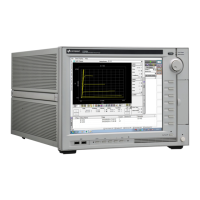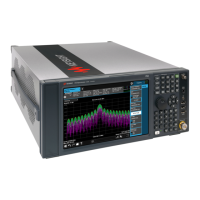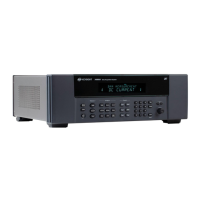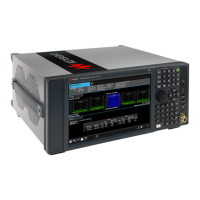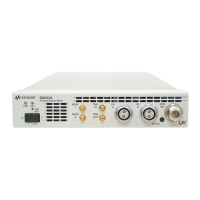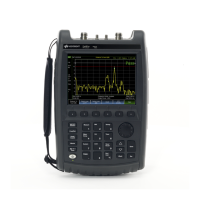
Do you have a question about the Keysight Technologies 8163A/B and is the answer not in the manual?
| Type | Optical Power Meter |
|---|---|
| Wavelength Range | 800 nm to 1700 nm |
| Power Measurement Resolution | 0.001 dB |
| Optical Connector | FC |
| Display | LCD |
| Interface | GPIB, RS-232 |
| Storage Temperature Range | -40°C to +70 °C |
| Wavelength Repeatability | ±0.2 pm |
| Output Power | N/A (Power Meter, no output) |
| Power Stability | N/A (Power Meter, no output) |
Describes terms for hardware and software furnished under license.
Details acquisition of commercial computer software by the U.S. government.
Provides information on material disclaimer and liability limitations.
Denotes a hazard and calls attention to potential product damage or data loss.
Denotes a hazard and calls attention to potential personal injury or death.
Details the GPIB interface used for instrument communication and its standards.
Describes the LAN interface capabilities and connection types available.
Explains how to return the instrument to local control from remote control.
Describes the instrument's input and output message queues and error handling.
Explains conventions for program messages, short/long forms, and syntax diagrams.
Lists and describes IEEE 488.2 common commands implemented by the instrument.
Explains the instrument's status circuitry, including condition, event, and enable registers.
Provides an overview of the instrument-specific commands organized in a command tree.
Provides fuller descriptions of IEEE common commands introduced earlier.
Details commands to return and set status information from the Status Model.
Explains commands to control the instrument's serial interface and internal data.
Describes basic commands for controlling instrument behavior and querying slot information.
Covers parameters for Power Sensors, Optical Head Interface modules, and Return Loss modules.
Details commands for controlling laser sources, DFB sources, and tunable laser modules.
Explains commands to control attenuator modules and their parameters.
Describes commands for controlling the routing of signals between ports and modules.
Details commands for configuring how the instrument reacts to incoming or outgoing triggers.
Provides descriptions of commands to control the instrument's display settings.
Demonstrates basic communication using VISA calls and instrument identification.
Provides an example of setting up a fixed laser source in a specific slot.
Illustrates the difference between FETCH and READ commands for power measurement.
Shows how to coordinate operations between two modules in the same mainframe.
Demonstrates how to measure power dependency on wavelength.
Provides an example of using logging functions to record instrument data.
Guides through the installation process of the Keysight 816x instrument driver.
Discusses using the driver with visual programming environments like VEE, LabView, LabWindows.
Details how to get started with the driver using LabView.
Provides guidance on using the driver with LabWindows.
Outlines the features and benefits of the Keysight 816x VXIplug&play instrument driver.
Describes the directory structure of the installed Keysight 816x instrument driver.
Explains how to open a communication path to control the instrument.
Details the process of closing an instrument session to free resources.
Lists VISA data types and constants used by the driver functions.
Explains how to detect and handle events and errors during instrument control.
Provides guidance on using the driver within various development environments.
Provides links for downloading the latest driver and related software.
Describes application functions that combine SCPI commands for automated operations.
Details compatibility changes affecting HP 8153A and HP 8167/8 instruments.
Lists commands that are incompatible with the GPIB bus.
Notes the incompatibility of the status model with older HP instruments.
Highlights differences in preset default settings compared to older instruments.
Lists commands that have been removed without replacement.
Lists commands that have been directly replaced by new commands.
Details commands with changed parameter syntax or semantics.
Lists queries with different return codes compared to older instruments.
Describes differences in command execution timing and behavior across firmware revisions.
Details new error handling mechanisms and specific error codes.
Notes that command order behavior changes are not yet known.
Provides an overview of SCPI standard error strings and their descriptions.
